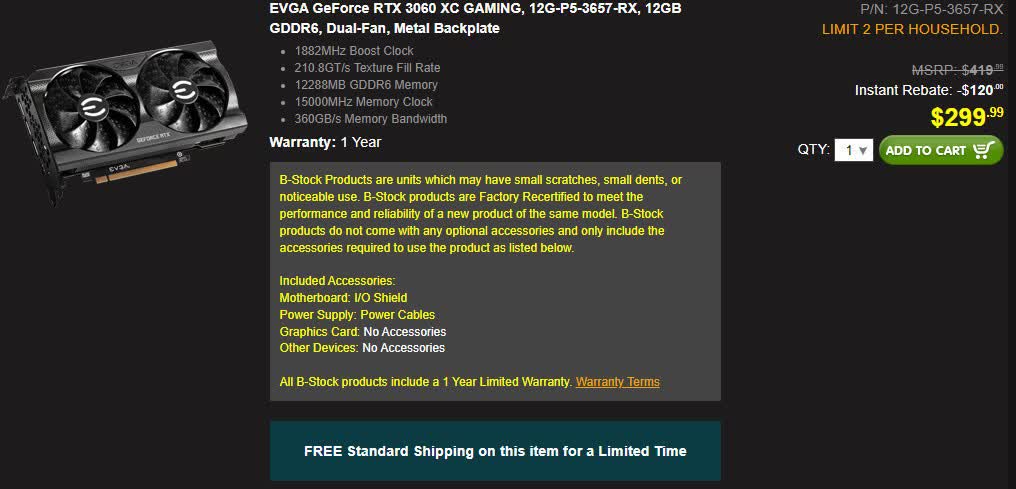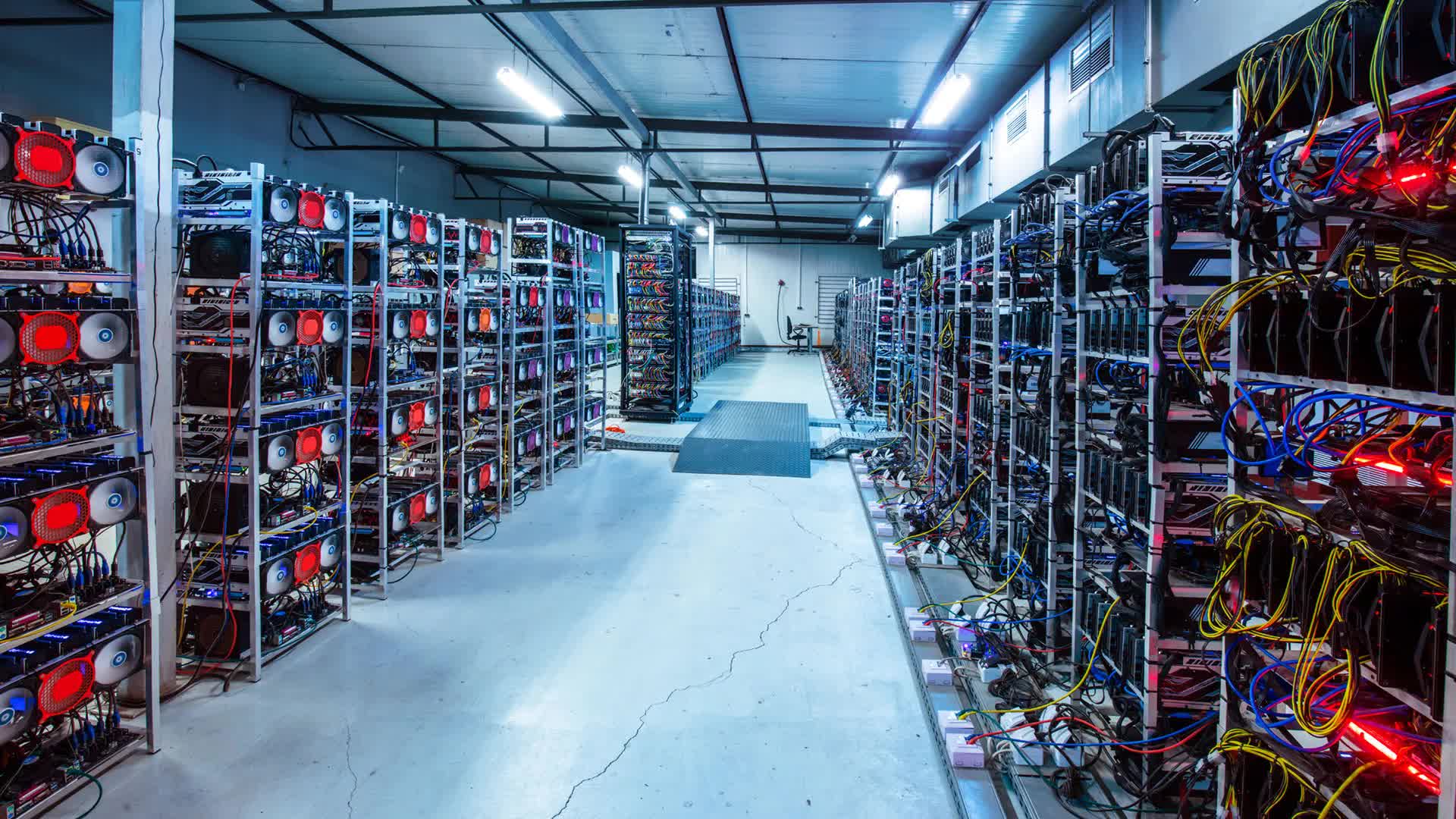PSA: Discolored memory chips are a common sign indicating heavily used graphics cards, possibly former mining cards. Recent evidence suggests some resellers are trying to deceive customers by painting over the memory. The paint comes off relatively easily for those inspecting the used GPUs.
Two Brazilian YouTube channels have uncovered signs that crypto miners are trying to sell used graphics cards by passing them off as more lightly used than they are. A surprising new tactic is to disguise signs of wear on the GDDR memory.
When a GPU has been under heavy load for extended periods, such as for mining cryptocurrency, the heat can give the memory chips a yellow tint. Iskandar Souza (below) and TecLab recently posted videos analyzing cards appearing to have paint on those chips. Scraping off the paint revealed discoloration. Souza's report compares a fresh GPU with one featuring disguised wear and tear.
The last few years have set the stage for such schemes in the graphics card market. Miners are trying to offload the GPUs from their rigs that lost profitability after the crypto winter and Ethereum Merge last year. Although the mining drop-off has improved prices in recent months, many cards still struggle to reach their MSRP.
In this environment, deals on used GPUs are likely still attractive to many prospective customers. Those buyers likely want to avoid cards from crypto mines which are more worn than most.
Heavy use and repair efforts also leave marks on other parts of GPUs, as Souza's video shows. Discoloration around and scratches on the card's central processor may indicate the seller tried to resolder it, for instance. Missing screws could suggest someone opened a graphics card to cover up traces of mining use.

Last year, we reported on a video showing a miner trying to prepare GPUs for resale by blasting a rack of them with a pressure washer – a highly unadvisable method. Not only can untreated water damage graphics card components, but so can the force of the pressure washer.
All refurbished GPUs aren't bad, however. Buyers just need to be careful when buying from third-party sellers on major sites like Newegg and Amazon. The safest way to get refurbs is probably directly from the stores of board partners like PNY and EVGA (pictured above).

